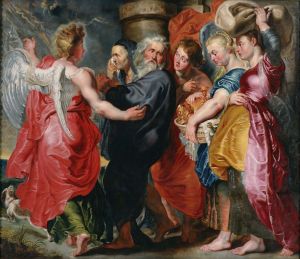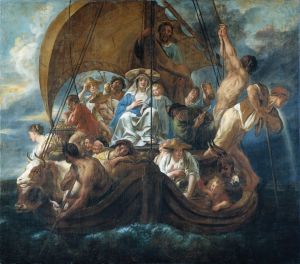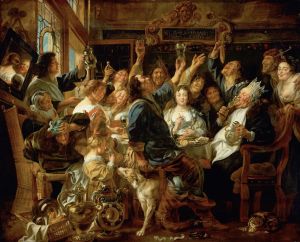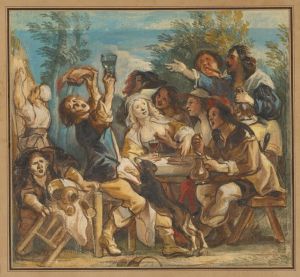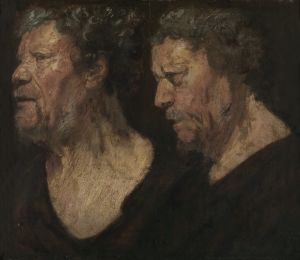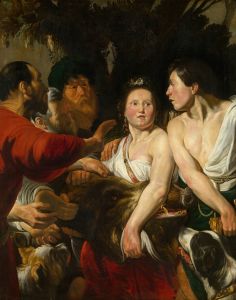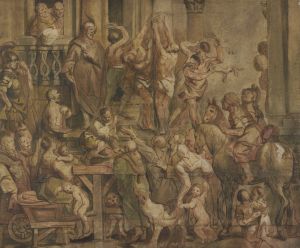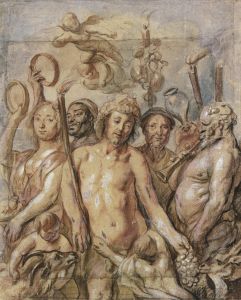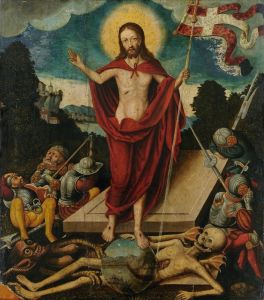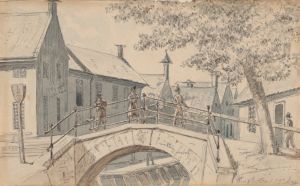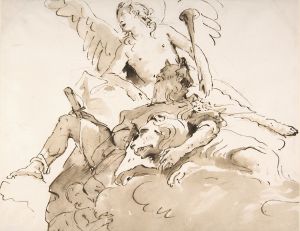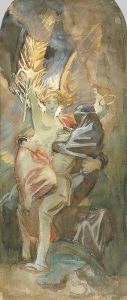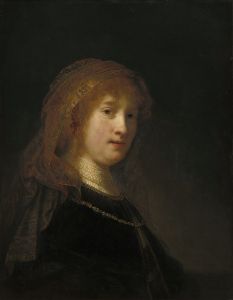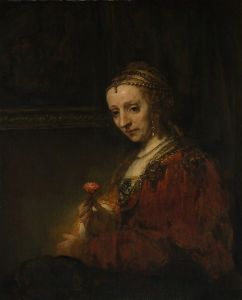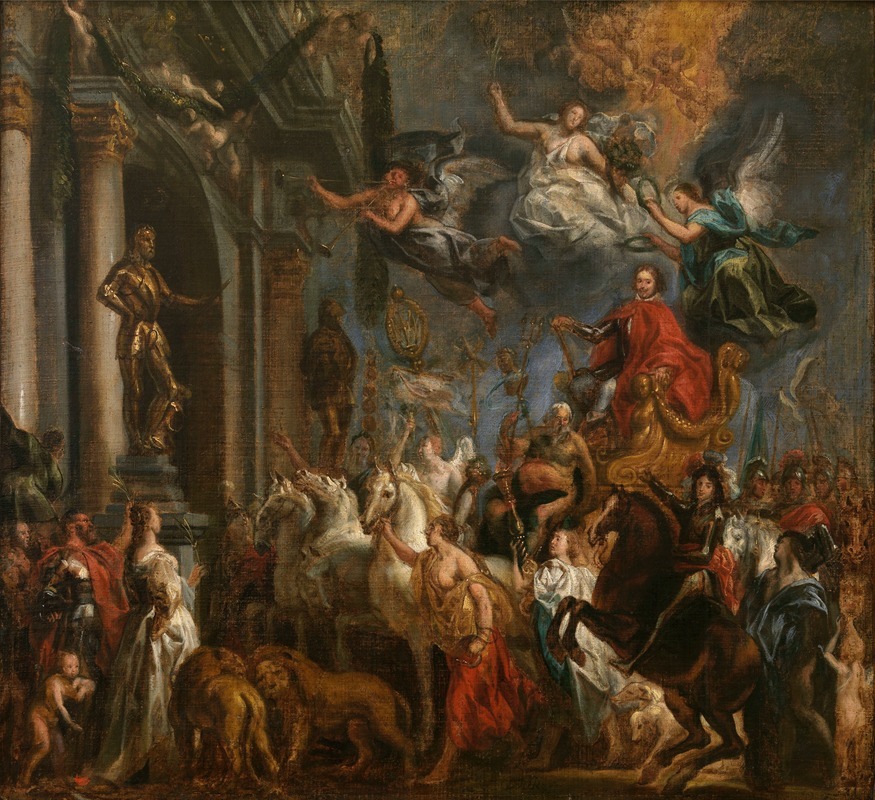
The Triumph of Frederik Hendrik
A hand-painted replica of Jacob Jordaens’s masterpiece The Triumph of Frederik Hendrik, meticulously crafted by professional artists to capture the true essence of the original. Each piece is created with museum-quality canvas and rare mineral pigments, carefully painted by experienced artists with delicate brushstrokes and rich, layered colors to perfectly recreate the texture of the original artwork. Unlike machine-printed reproductions, this hand-painted version brings the painting to life, infused with the artist’s emotions and skill in every stroke. Whether for personal collection or home decoration, it instantly elevates the artistic atmosphere of any space.
Jacob Jordaens' The Triumph of Frederik Hendrik is a monumental painting created by the Flemish Baroque artist Jacob Jordaens (1593–1678). The work was commissioned to celebrate the military and political achievements of Frederik Hendrik, Prince of Orange (1584–1647), who was a key figure in the Dutch Republic during the Eighty Years' War against Spanish rule. Frederik Hendrik, often referred to as the "Stadtholder" of the Dutch Republic, played a significant role in consolidating the independence of the Netherlands and expanding its influence in Europe.
The painting was part of a larger decorative program for the Oranjezaal (Orange Hall) in the Huis ten Bosch palace in The Hague, which was constructed as a tribute to Frederik Hendrik after his death. The Oranjezaal features works by several prominent artists of the time, including Jordaens, Gerard van Honthorst, and Pieter de Grebber. These paintings collectively glorify the life, achievements, and legacy of Frederik Hendrik, emphasizing his role as a unifying and victorious leader.
In The Triumph of Frederik Hendrik, Jordaens employs allegorical imagery to depict the prince as a heroic and triumphant figure. The composition includes classical and mythological elements, such as gods, goddesses, and personifications of virtues, which were common in Baroque art to convey symbolic meanings. Frederik Hendrik is often shown surrounded by figures representing Victory, Fame, and other allegorical entities, underscoring his accomplishments and virtues. The painting reflects the Baroque style's dramatic use of color, dynamic movement, and emotional intensity, which were hallmarks of Jordaens' work.
Jordaens, who was based in Antwerp, was one of the leading painters of the Flemish Baroque period, alongside Peter Paul Rubens and Anthony van Dyck. While Jordaens is best known for his genre scenes and depictions of mythological and biblical subjects, his contribution to the Oranjezaal project demonstrates his ability to work on a grand scale and adapt his style to suit the political and cultural needs of his patrons.
The exact date of the painting's completion is not definitively documented, but it is known to have been created in the mid-17th century as part of the Oranjezaal's decoration, which was completed around 1652. Today, The Triumph of Frederik Hendrik remains an important example of Baroque art and a testament to the collaborative artistic efforts that celebrated the legacy of one of the Dutch Republic's most prominent leaders. The painting is still housed in the Oranjezaal, which is preserved as a historical and cultural landmark.





